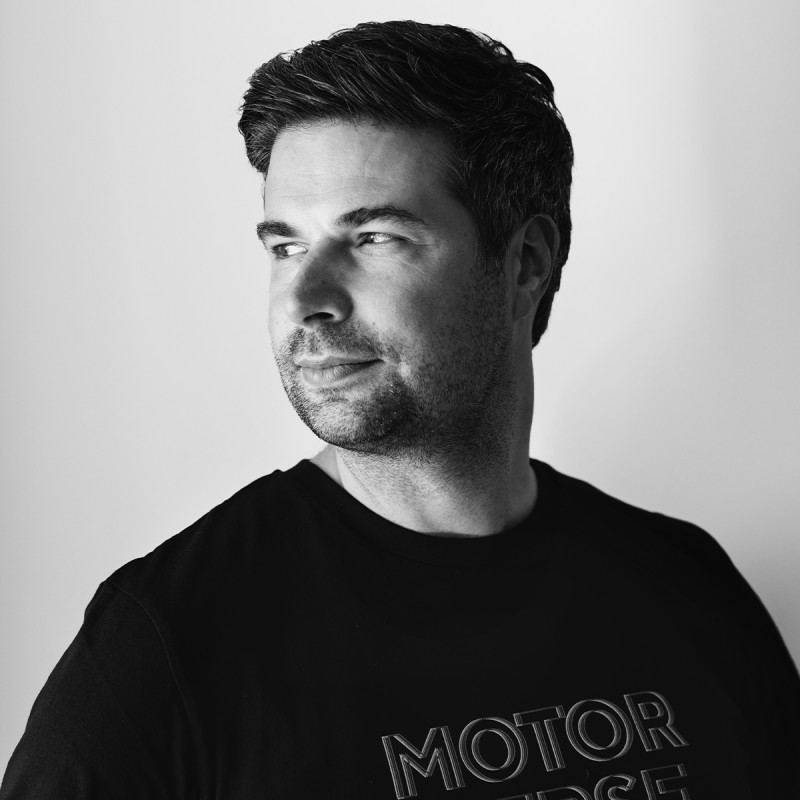The automotive industry is transitioning with virutal, augmented, mixed, and extended reality (VR/AR/MR/XR) solutions. With these emerging technologies, companies have begun experimenting with augmented dashboards, entertainment systems, and immersive wearables.
Over the last few months, audiences have paid considerable attention to firms like holoride, a German automotive entertainment firm at the forefront of the sector. With the company’s innovative approach to entertainment, people are enjoying the passenger seat with a library of hit gaming titles.
Additionally, holoride has created a name for itself by significantly reducing motion sickness while gaming as a car passenger. Their stellar use of car sensory data has developed a next-generational XR entertainment powerhouse for all ages, and all vehicles.
XR Today is honoured to speak to Nils Wollny, Co-Founder and Chief Executive, holoride. In the interview, we discuss the Munich-based firm’s end-user insights with Audi and HTC VIVE and trends in automotive XR. The discussion comes as reports show that the North American market is set to lead in XR adoption from 2022 to 2030.
XR Today: As an end user of Audi’s technologies, can you tell us how they helped to facilitate holoride’s entertainment solution?
Nils Wollny: When my two co-founders and I came up with the idea of an in-car XR platform in 2015, we were employees of German premium car manufacturer Audi.

We further pushed this topic — which was still new and unexplored at the time — within the company and developed the first prototype.
This was possible because Audi gave us pre-production models with sensor access. In terms of software development, we split up based on our competencies. We took care of the headset integration, while Audi took on the software integration on the car side.
Once we were sure our idea worked, we had various Audi employees, media, and game experts try it and got very good initial feedback. Since our goal was always to reach the largest possible audience, we wanted our XR platform to operate independently of any device and car manufacturer. This is why we spun out of Audi as an independent company at the end of 2018.
Our relationship with Audi was and still is very trusting, and we are happy to have Audi on board as a partner and investor. Due to Audi’s integration of our technologies in its latest production models as the first car manufacturer, we created a great proof point of our partnership and a fantastic benefit for Audi customers.
XR Today: Which challenges do companies face when working with immersive transport entertainment systems?
Nils Wollny: Immersive technologies are still in a very early stage. The fascination and opportunities for the industry and consumers are immense, but they still need further development and expansion.
For the automotive industry in particular, new digital technologies are a great opportunity to enhance the customer experience of drivers and passengers. The industry must now make in-car entertainment options, such as those we offer with our XR platform, accessible to consumers easily and conveniently.
As a pioneer, we see these challenges. Furthermore, as the first and currently only company in the world to offer this kind of immersive in-vehicle entertainment, we are creating, step-by-step, the demand and importance for this technology. This extends to the benefit for passengers during their transit time.
What always excites me is that, when people try holoride for the first time, emotions become visible here that are indescribable and need no words. Of course, we are very happy about the feedback we receive, and we integrate many suggestions into future updates to create the perfect holoride journey for passengers.
XR Today: What were some reasons you selected HTC VIVE as an official headset provider? Why did their VIVE Flow headsets stand out as optimal hardware for the holoride platform?
Nils Wollny: Unlike many others, the HTC VIVE Flow offers a light, comfortable headset that people can use without a battery on the back of the head. This allows passengers to lean comfortably against the headrest when wearing the goggles.
The VIVE Flow’s lightweight and well-shaped form factor makes it an ideal mobile headset for transporting and using in different places. With our goal to become hardware-agnostic, we also aim to enable further XR headsets with our holoride platform.
XR Today: How will Meta’s XR partnership with BMW drive competition and collaboration in the XR space?
Nils Wollny: It is great to see that other players are also starting to focus on in-car XR entertainment and pushing these technologies forward with their expertise.
The potential is far from exhausted, and the industry is exploring many different approaches and application areas. This includes verticals such as entertainment, education, productivity, communications, and wellness.
We were extremely excited to see what Meta and BMW have been building during their research partnership. Partnerships are and will become increasingly important these days. They also create new standards — we can source from more than eight years of expertise in this space.
I’m excited to see where this technology is heading and how vehicles turn into spatial devices.
XR Today: Now that Apple has released their Vision Pro headset, do you see companies leveraging it to create future VR entertainment systems like holoride? What are its strengths and weaknesses?
Nils Wollny: With the announcement of Apple’s first headset and its possibilities, the attention to XR is once again more engrained in the minds of consumers.
While it won’t be available until next year, and the price tag isn’t initially aiming for a wide consumer audience, Apple’s stamp of approval amounts to a massive boost for XR’s path forward.
Of course, there are many advantages. Firstly, the Vision Pro’s ultra-high-resolution display will make what you see even more realistic. Secondly, focusing on low latency contributes to even better in-car XR applications.
Last but not least, the device counts sensors to enable reliable headset tracking in challenging conditions, including darkness. It’s a bit too early to judge the product properly, but it looks promising.
XR Today: Where do you believe these types of technologies are headed? Which level of XR immersion seems the most promising in the transport industry?
Nils Wollny: Immersive technologies can potentially transform the transportation industry significantly. While VR applications are relevant to passenger entertainment, AR and MR applications will also help drivers, as Audi has demonstrated with its Audi Activesphere concept.
However, the real magic happens if the motion and location of the vehicle influence the displayed content. This creates an experience unique to the car and the passenger’s journey.
Ultimately, XR applications will help transform the car into the perfect spatial device, utilising the vast amount of sensor data from the moving vehicle.







